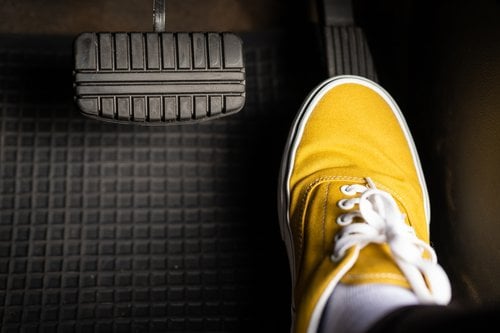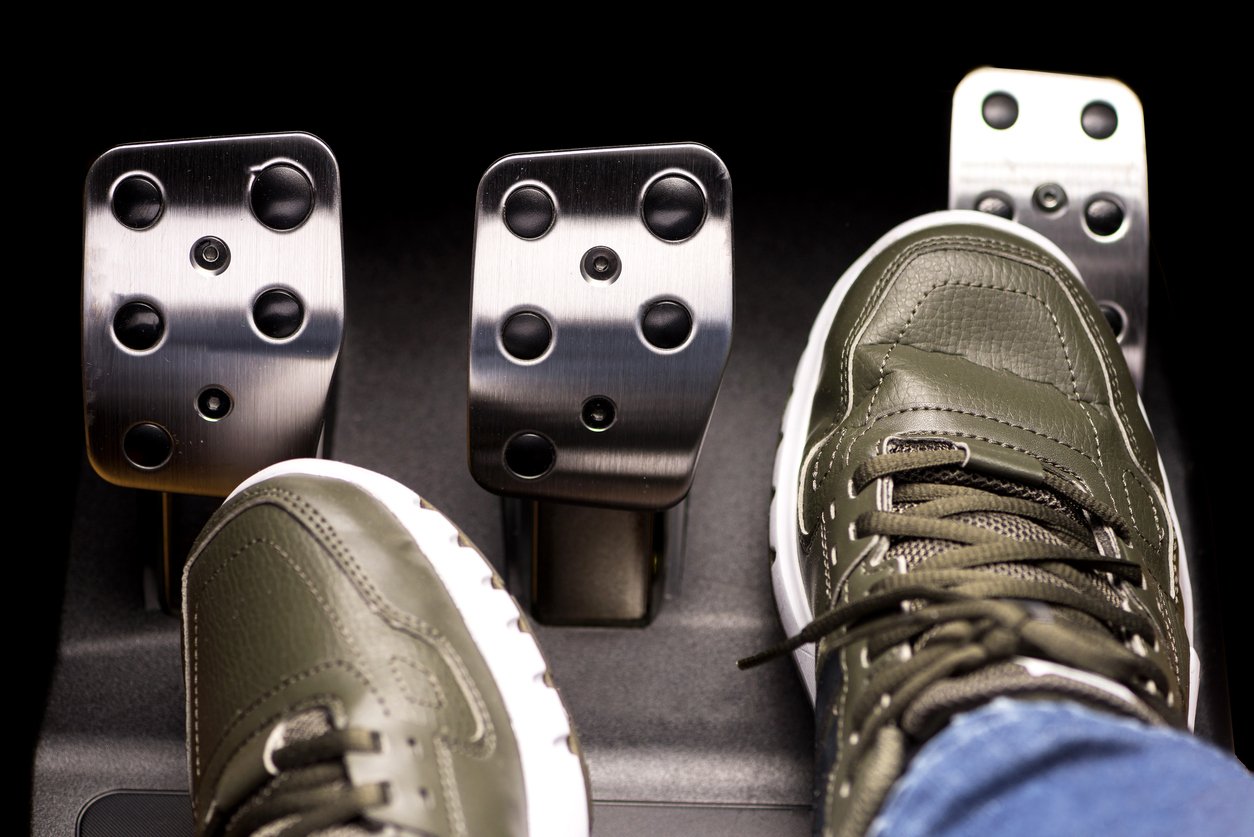Reasons driving with both feet is a terrible idea

There are some obvious reasons driving with two feet is a seriously bad idea for most drivers. It can do damage to your car, you and other drivers on the road. Here are five reasons to avoid driving two-footed.
It can cause exhaustion
The reason many people simply choose not to use both feet when driving is that it causes your leg that's on the brake to tire quickly. When you have one foot that’s mostly pushing on the gas pedal, your leg won’t get tired nearly as quickly.
It can cause you to hit the wrong pedal
You’ll be in some serious trouble if you accidentally hit the gas when you meant to hit the brake. Having both your feet on the pedals can increase confusion in an emergency situation. Doing so can cause a front or rear-end collision that you’re at fault for. If you use just one foot, it’s easier to control the pedal you’re pushing.
It can potentially wear out your brake pads
Since driving with your foot hovering over the brake can get tiring quickly, many drivers have a tendency to rest their foot on the brake pedal, creating slight resistance and constant pressure on the brakes. This can cause your brake pads to wear out quickly. Unfortunately, this isn’t the cheapest fix, either. On average, you’ll be spending between $115 and $270 per axle.
Cars are designed for single-foot driving
If you’ve ever tried to drive with both feet in an automatic car, you’ll likely find that it’s extremely uncomfortable for any long period of time. I gave it a shot when I started writing this piece, just to see, and I found that my left leg was way over to the right and it got tired in a matter of seconds. Most cars are designed with single-foot drivers in mind, so driving in this manner just makes sense most of the time.
You could fail your driver’s test
Since there isn’t a law that explicitly states you can’t use two feet, you technically shouldn’t fail your driver’s test specifically for this reason. That doesn’t mean your tester will be happy, though. They’ll likely be watching extra closely, knowing that driving with two feet can lead to more errors. Plus, some may fail you simply because you’re practicing unsafe driving.





